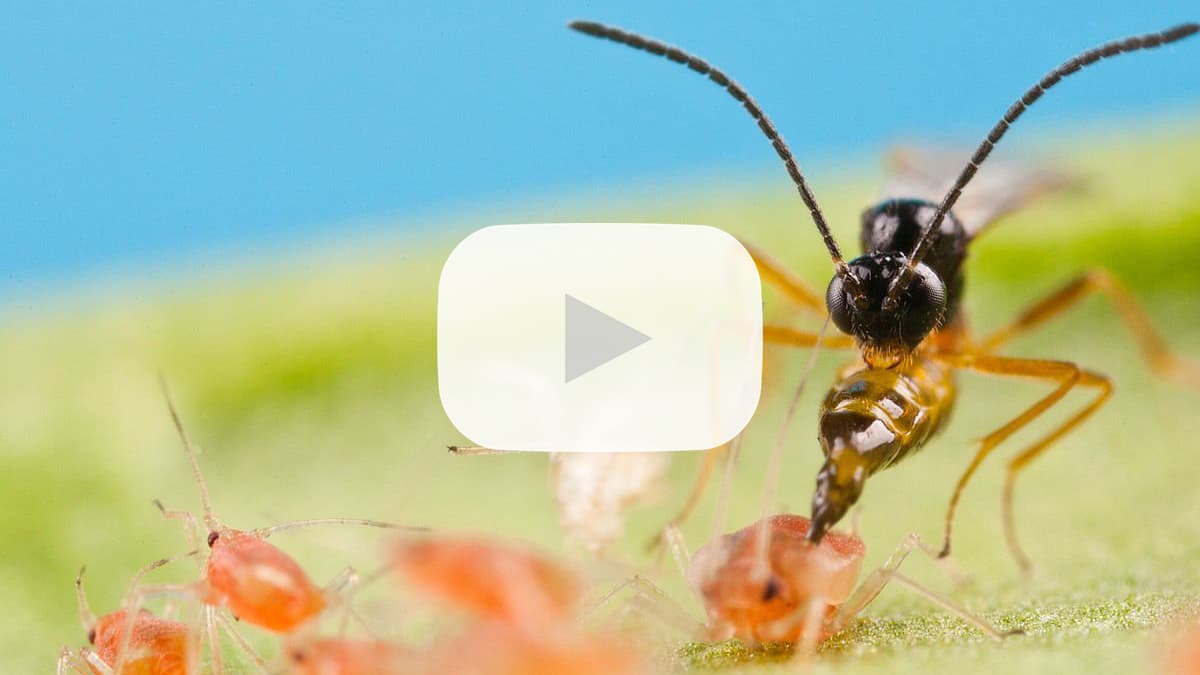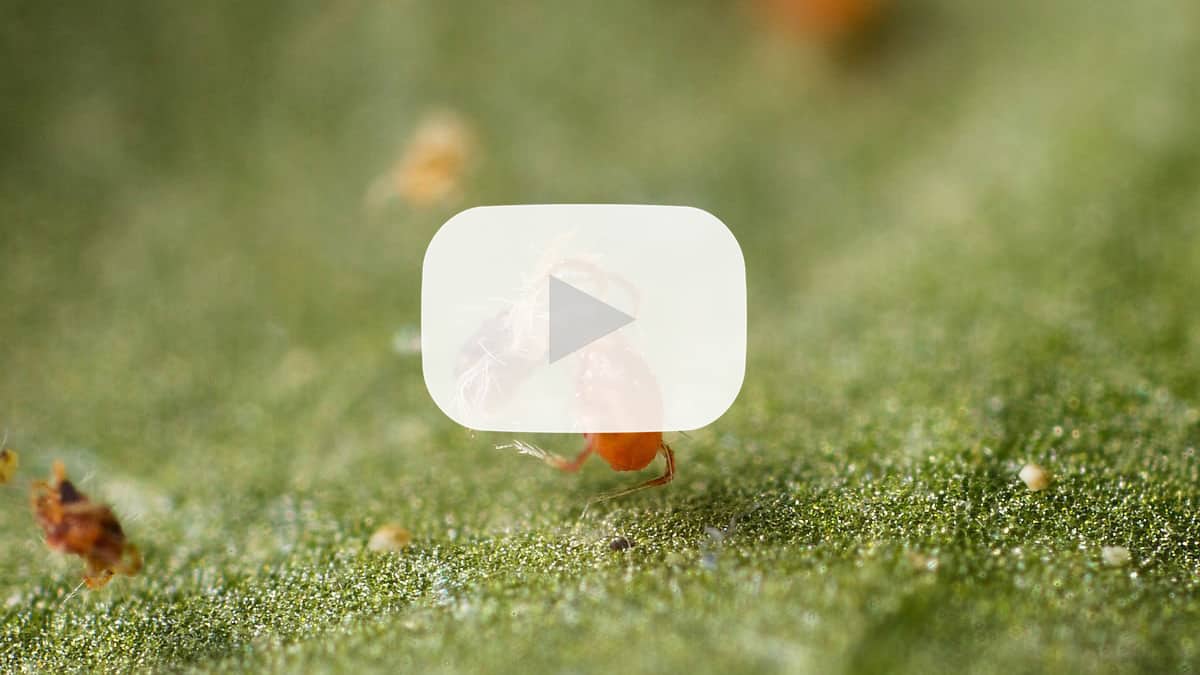 Biological Control Agents
Biological Control Agents
Beneficial organisms combined with careful scouting, account for more than 80% of Jolly Farmer’s pest management program. Here’s a list of some of the critters we use to keep your plants healthy. If you happen to see some of these on your plants, don’t worry. These creatures are here to help!

























